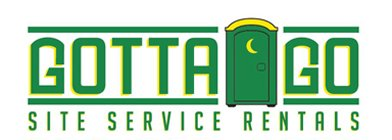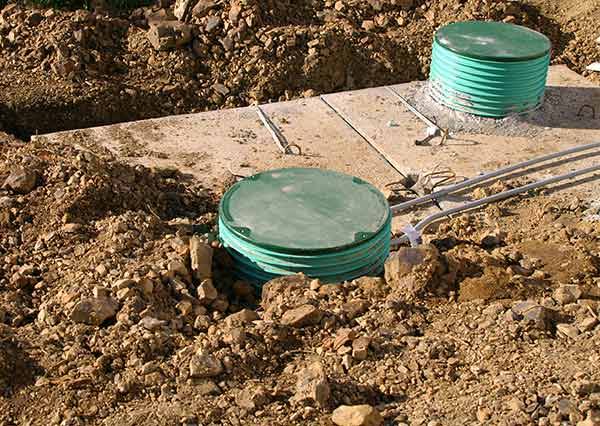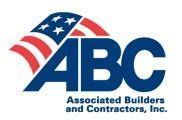Millions of people in the United States rely on septic systems to deal with their home's liquid and solid waste. When properly installed and maintained, a septic system can easily rival the performance of a municipal sewer system. That said, homeowners must remain vigilant to prevent problems from compromising the effectiveness of their septic system.
Unfortunately, many septic owners simply don't know the kinds of problems that can affect these sensitive systems. This lack of knowledge can make it more difficult to diagnose incipient problems. If you would like to learn more about common septic system woes, keep reading. This article discusses three problems you can keep at bay through regular inspections and repairs.
1. Clogged Outlet Filter
The majority of septic systems installed today contain a component known as the outlet filter. In fact, many states legally mandate that a septic tank contain this simple yet highly effective feature. The outlet filter attaches to the head of your septic tank's outlet pipe. The filter prevents scum and solid waste from entering the outlet pipe and entering the drainfield.
This simple act ensures that solid waste does not contaminate your septic drainfield. Without an outlet filter, your drainfield would grow progressively more clogged with solid waste, gradually reducing its ability to absorb and break down liquid waste. Yet an outlet filter requires periodic maintenance, in order to keep it from creating problems of its own.
Over time, an outlet filter accumulates more and more solid waste. Eventually the filter becomes so clogged up that liquid can no longer pass through it. As a result, waste levels in your tank will rise, potentially leading to sewage backups in your home. Before things get to that point, however, you may notice a variety of other symptoms.
For one thing, the drains in your home may exhibit sluggish drainage. You may also hear odd gurgling noises as water drains down into your sinks and bathtubs. The soil of your septic drainfield may also appear far drier than usual, since it will not receive its normal amounts of liquid. If you have noticed such symptoms, contact a professional to service your outlet filter as soon as possible.
2. Blocked Drain Pipe
Many of the symptoms exhibited by a clogged outlet filter may also stem from issues within your septic tank's outlet pipe. The most common issue involves an outlet pipe that has become clogged. In some cases, clogs may stem from solid waste that has gotten past the outlet filter. In other cases, invasive roots may have worked their way into the pipe and completely blocked it off.
Just as with a clogged outlet filter, a blocked drain pipe causes waste to back up inside of your septic tank — and eventually inside of your home. The solution to this problem depends on the particular source of the clog. Contact a professional septic contractor as soon as possible to make an accurate diagnosis.
3. Baffle Erosion
Your septic tank contains two components known as the baffles, one at the inlet and one at the outlet of the tank. The baffles redirect waste into and out of the tank at an angle. This ensures that the three layers of waste — floating scum, water, and sludge — remain properly separated.
On the contrary, if the baffles allowed waste into and out of the tank at a straight angle, scum could easily migrate into the pipes and lead to clogs. Over time, baffles tend to experience a lot of wear and tear. Concrete baffles, in particular, crumble and erode. Eventually the baffles may break off entirely.
Fortunately, a professional can often resolve the issue by retrofitting your tank with new baffles designed to facilitate proper waste flow.
For more information about how to keep your septic system running strong, please contact Jackson's industry veteransat Gotta Go Site Service Rentals.







